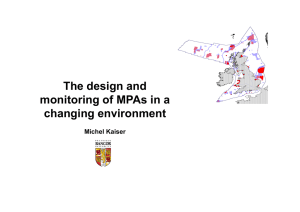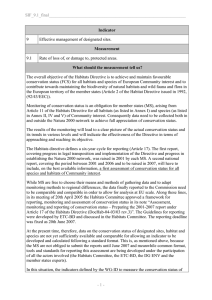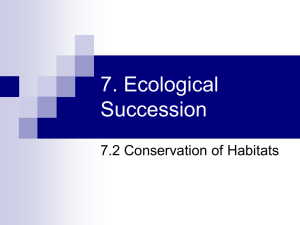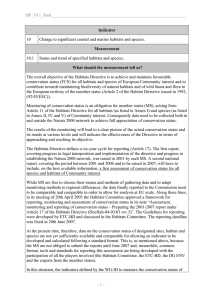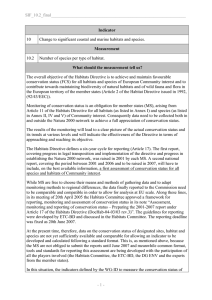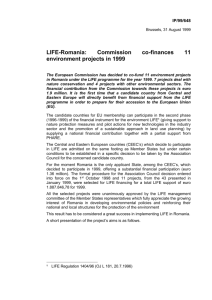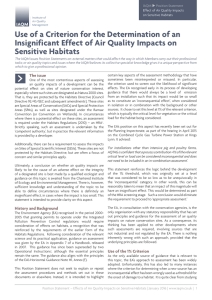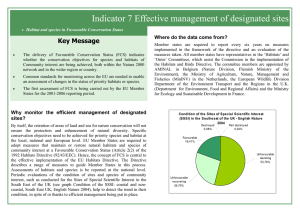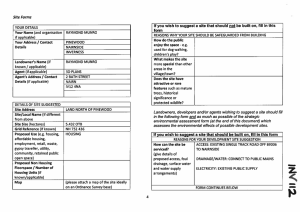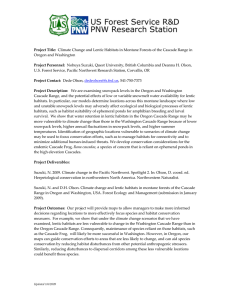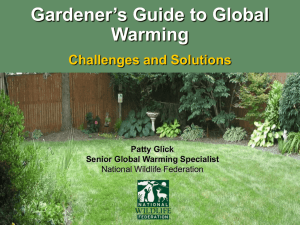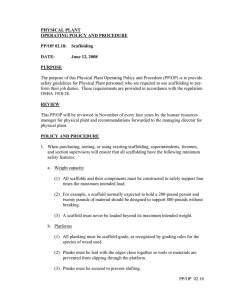Famous Biographies, Grade 2
advertisement
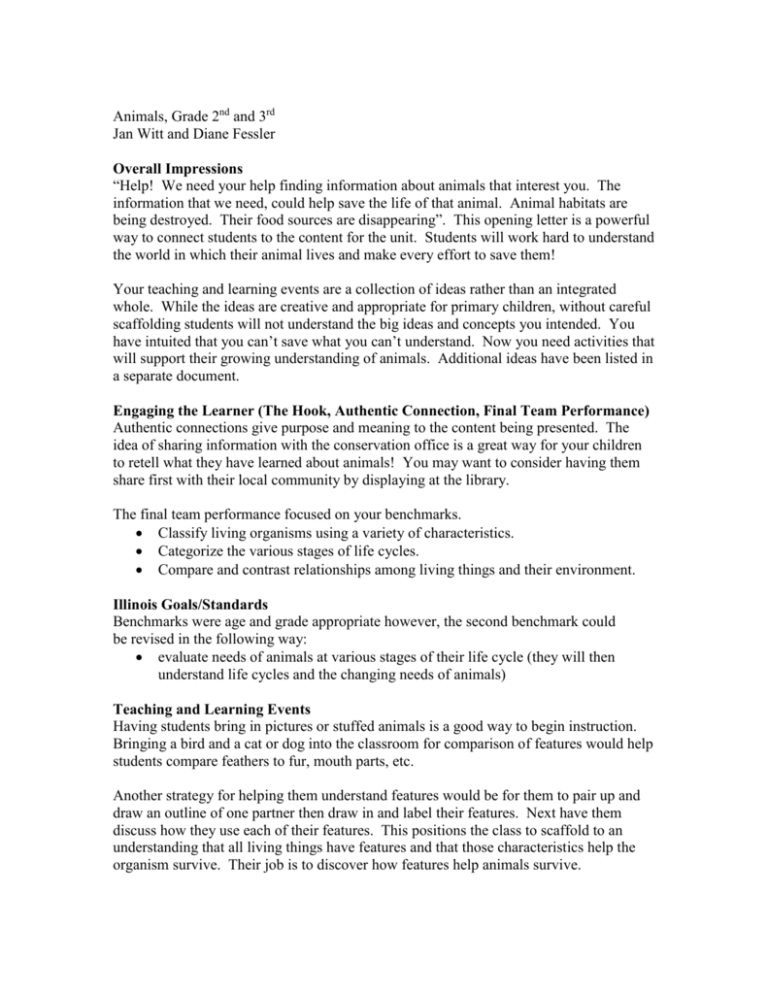
Animals, Grade 2nd and 3rd Jan Witt and Diane Fessler Overall Impressions “Help! We need your help finding information about animals that interest you. The information that we need, could help save the life of that animal. Animal habitats are being destroyed. Their food sources are disappearing”. This opening letter is a powerful way to connect students to the content for the unit. Students will work hard to understand the world in which their animal lives and make every effort to save them! Your teaching and learning events are a collection of ideas rather than an integrated whole. While the ideas are creative and appropriate for primary children, without careful scaffolding students will not understand the big ideas and concepts you intended. You have intuited that you can’t save what you can’t understand. Now you need activities that will support their growing understanding of animals. Additional ideas have been listed in a separate document. Engaging the Learner (The Hook, Authentic Connection, Final Team Performance) Authentic connections give purpose and meaning to the content being presented. The idea of sharing information with the conservation office is a great way for your children to retell what they have learned about animals! You may want to consider having them share first with their local community by displaying at the library. The final team performance focused on your benchmarks. Classify living organisms using a variety of characteristics. Categorize the various stages of life cycles. Compare and contrast relationships among living things and their environment. Illinois Goals/Standards Benchmarks were age and grade appropriate however, the second benchmark could be revised in the following way: evaluate needs of animals at various stages of their life cycle (they will then understand life cycles and the changing needs of animals) Teaching and Learning Events Having students bring in pictures or stuffed animals is a good way to begin instruction. Bringing a bird and a cat or dog into the classroom for comparison of features would help students compare feathers to fur, mouth parts, etc. Another strategy for helping them understand features would be for them to pair up and draw an outline of one partner then draw in and label their features. Next have them discuss how they use each of their features. This positions the class to scaffold to an understanding that all living things have features and that those characteristics help the organism survive. Their job is to discover how features help animals survive. Transition to studying animal features with an examination of bird’s beaks. This and other suggested activities are contained in the document, Animal characteristics.doc. Individual Student Assessments The assessments appropriately targeted the benchmarks. Preparation for Final Team Performance Students need to be given opportunities to develop their powerpoint presentation rather than wait until the end. This gives them a chance to synthesize information through retelling to a real audience, scaffolding from basic information (characteristics of animals) to more complex (saving the habitats). Use of Technology Level of technology use: Literacy with a focus on acquiring technology skills Reading Activities Making Connections: You opened you unit with many opportunities for your students to connect to the content; the displayed pictures, word sorts are good examples. Adding additional activities will allow your students to scaffold knowledge from one activity or concept to the next. The invitation from the conservation office was so well done that students will want to connect everything they are learning about animals to the task of saving them. You simply need to help them plan those connections by developing the PowerPoint. Asking Questions While you had developed two documents for practicing the QAR only one was positioned in the unit plan. Students need to be explicitly taught the types of questions and reader’s responses, preferably before the unit begins. In planning your second unit or when implementing this unit a second time be sure to allow children time to continue asking and investigating their own questions. Determining Importance This strategy helps students know what is important as they are reading from multiple sources. The Frayer Model and IWAC were organizes used to define important words and concepts developed during the unit. There was no indication that students continued to take notes during the remainder of the unit. This unit has multiple opportunities to teach how features of text give clues about what authors think is important to include in a book. Walk through each book and have students notice pictures, bold and/or italic word formats, captions, etc. At the end of the book ask, “What did this book tell us about “? Record the information on the semantic features chart. With continued practice they will begin to notice features of text yield important clues about information being presented in the book. Visualizing and Inferring You did a nice job in planning opportunities for your students to use these strategies throughout your unit by having them locate and classify pictures and creating habitats. The inferencing activity you planned but did not include would offer good practice for this skill. By identifying an essential question to guide student inquiry children will move to higher levels of thinking and reasoning. Synthesis Your final team performance positions your unit to support children's understanding of something far more important than just knowing about this topic. However, you will need to include opportunities for them to work toward their project goals throughout the unit. For example, have students investigate endangered species and determine what major factors are contributing to their decline. Then have them create slides for the conservation office. When students are able to understand that the content they have been studying is needed to solve a real-time problem then you have achieved synthesis.





